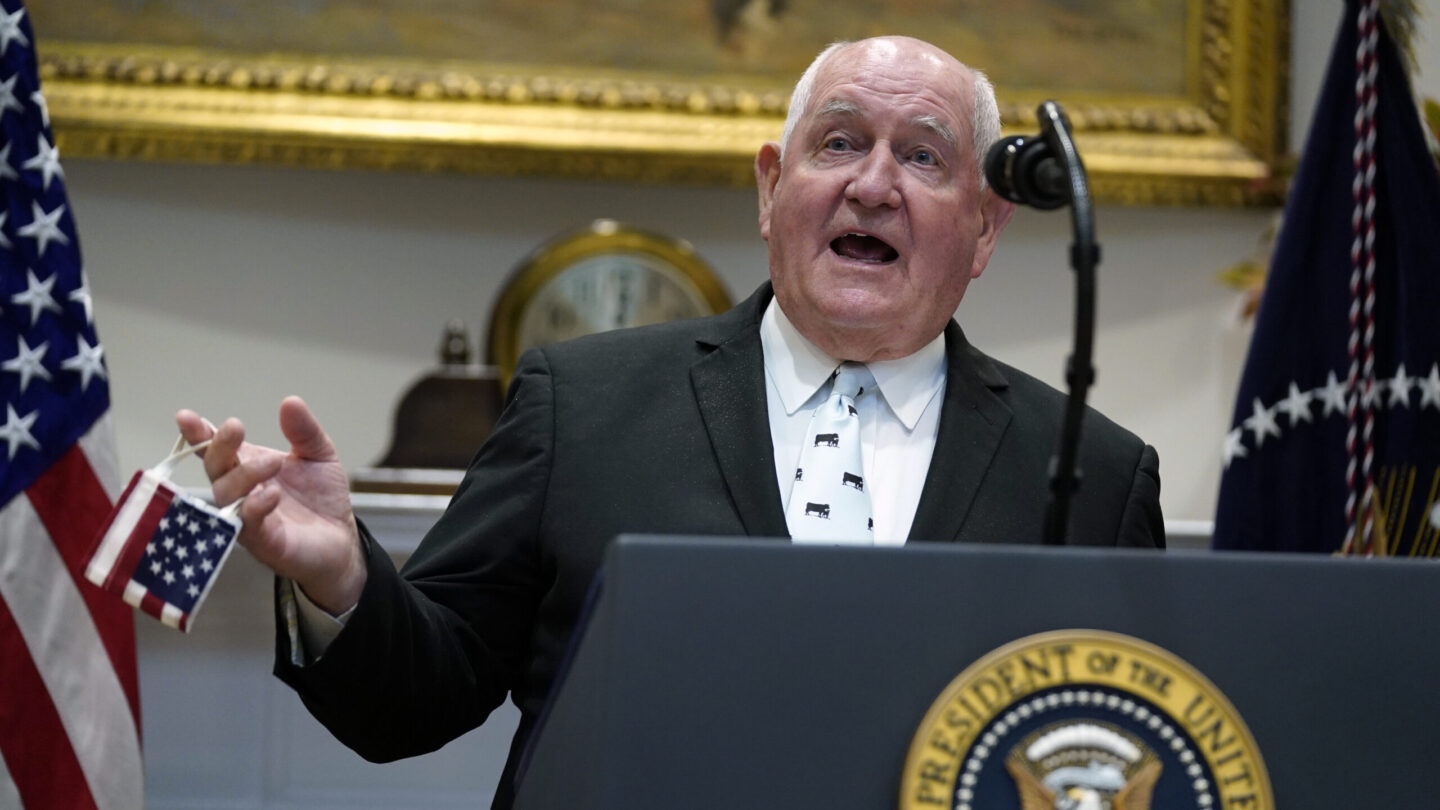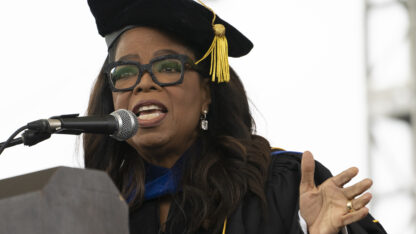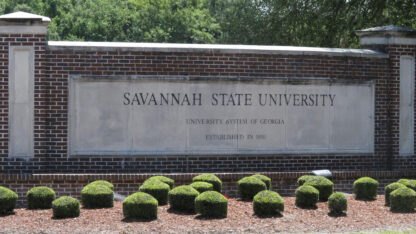The cost of attending Georgia’s public universities and colleges will remain mostly flat in the 2023-2024 academic year, despite concerns that declining enrollment and a legislative funding cut are stressing school budgets.
Regents voted Tuesday to increase tuition or fees at only four of the system’s 26 schools — Middle Georgia State University, Georgia College and State University, the University of West Georgia and Abraham Baldwin Agricultural College.
Regent Neal Pruitt Jr. of Atlanta said the system is “trying to balance affordability with quality of instruction” and is relying on lawmakers to restore $66 million that was cut from the teaching budget as a part of a hospital licensing dispute.
The average Georgia school this year is charging in-state undergraduates $6,266 in tuition and mandatory fees, which will rise to $6,290 next year. Costs will range from $3,306 at Swainsboro-based East Georgia State College to $11,764 at Georgia Tech.
Last year, student costs fell 7.6% systemwide, as regents eliminated a fee charged on top of tuition.
Regents also made changes to how they allocate $3.2 billion in state funds among the schools. Officials said they shifted more money to smaller schools with less capacity to absorb cuts, especially because enrollment is mostly falling. They allocated a larger share of the $66 million cut to teaching funds to larger, usually more affluent schools.
The University System of Georgia has a total yearly budget of $9 billion, including state money, tuition and fees and other revenue.
State senators, who insisted on the funding cut, said universities should cover the shortfall with some of their roughly $500 million in cash on hand. Officials said schools would decide how each should handle the decrease in state cash, and that dipping into reserves was only one possibility. They said it was too soon to tell whether workforces would be cut by layoffs or not replacing departing employees.
Chancellor Sonny Perdue said the decision to hold student costs mostly flat despite the cuts shows how committed regents are to affordability and should encourage lawmakers to give more state money to maintain instructional quality at current prices.
“Bluntly, with our decision today, I think it’s evident and clear we’re not trying to recover that through any other means,” Perdue said. “We’ve got to go and appeal to our public funders of the challenges that we have.”
Perdue warned that state funding wasn’t keeping up with the cost of covering pay raises and health insurance increases, and that schools face “troubling inflationary pressures” including higher electricity costs, saying presidents will be “under a tremendous amount of pressure” to manage budgets this year.
“We’re about to reach a tipping point here in our university system, where we’re going to need more resources in the future to maintain the quality of our academic programs and our college experiences, so that our students and families continue to receive a great education for their money here,” Perdue said.
Regents have generally held tuition flat for four straight years, including six years out of the past eight. Georgia’s typical tuition and fees are lower than all but three states in the 16-state region covered by the Southern Regional Education Board.
Macon-based Middle Georgia State University will boost tuition and fees to $5,332 next year, up 12% from $4,762 this year, as part of a three-year plan by the school. Georgia College and State University, the University of West Georgia and Abraham Baldwin Agricultural College are raising mandatory fees by amounts that will boost their total price by 1.6% or less.
Costs to rent dormitory rooms or buy meal plans will rise systemwide by 4% on average.
Although many Georgia students receive other types of financial aid, more than 40% now borrow to pay for college with some student borrowing more than $6,000 on average.
Students who receive Georgia’s lottery-funded HOPE scholarships will get a boost next fall after lawmakers ordered the Georgia Student Finance Commission to cover full tuition for recipients who graduate high school with a B average and maintain that average in college. That was the original aim of the program, but the state has only been paying 100% for Zell Miller Scholars who earn higher grades and meet a minimum standardized test score. Others received 90% this year.
HOPE Scholarships do not cover fees.
Regents had delayed setting tuition in April, saying they needed more time to assess cuts.










